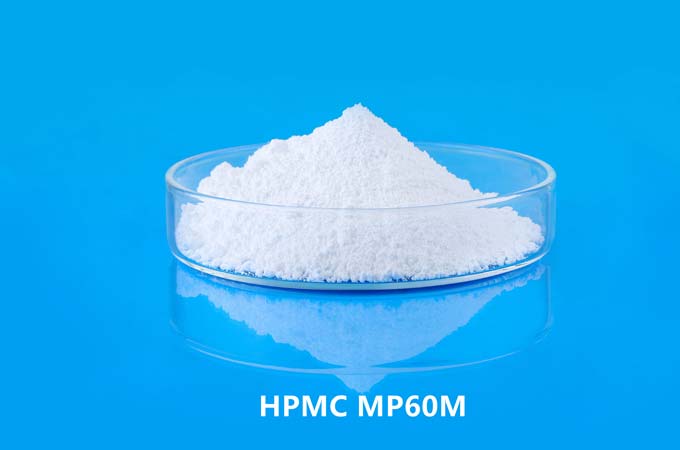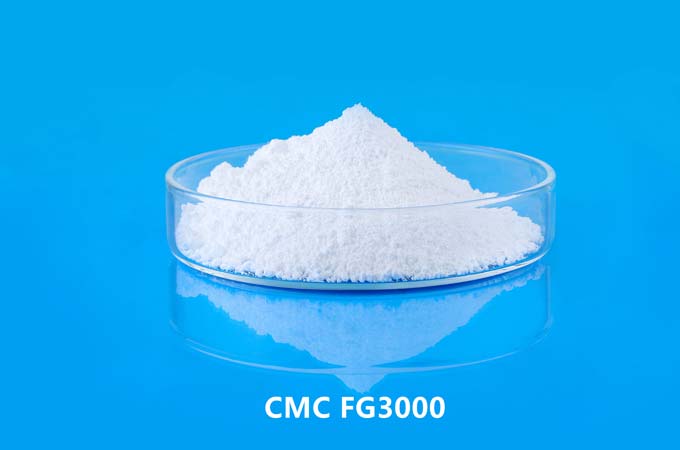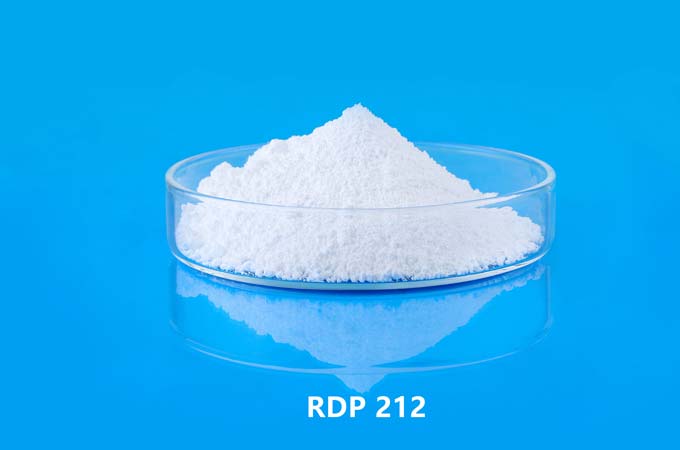Sodium carboxymethyl cellulose (CMC-Na) is an important cellulose derivative, widely used in food, medicine, daily chemicals, textiles, papermaking, oil extraction and other fields. It is an anionic water-soluble polymer, mainly obtained by etherification modification of natural cellulose.
1. Chemical structure and basic properties
Sodium carboxymethyl cellulose is a water-soluble cellulose ether formed by etherification reaction with sodium chloroacetate under alkaline conditions, with natural cellulose as the matrix, so that part of the hydroxyl group is replaced by carboxymethyl (-CH₂COONa). Its molecular structure can be expressed as: [-C₆H₇O₂(OH)₂OCH₂COONa-]
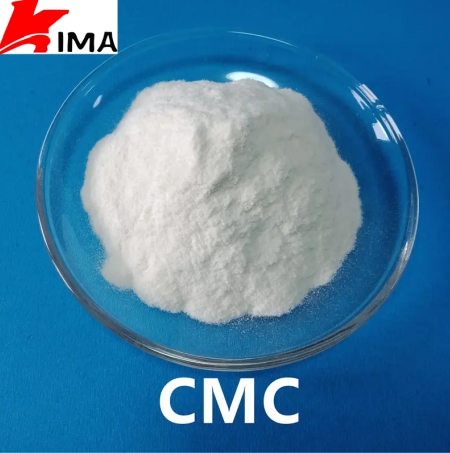
The degree of substitution (DS) indicates the number of hydroxyl groups replaced by carboxymethyl groups on each glucose unit in the cellulose molecule, and the value range is generally between 0.4 and 1.2. The level of DS directly affects the solubility, viscosity and stability of CMC-Na.
2. Solubility
CMC-Na is a typical water-soluble polymer that can be quickly dissolved in cold and hot water to form a transparent or slightly turbid viscous colloidal solution. It is insoluble in organic solvents (such as alcohols, ketones, and ethers). Its solubility is affected by factors such as molecular weight, degree of substitution, environmental pH, and salt concentration.
3. Acid-base properties
CMC-Na belongs to a weak acid salt compound, and its aqueous solution is weakly alkaline, with a pH generally between 6.5 and 8.5. It has a certain stability to acid and alkali, but the carboxyl group is easily hydrolyzed under strong acid conditions, causing CMC to lose its solubility and precipitate; it may also cause chain degradation in a strong alkaline environment, reducing molecular weight and viscosity. Therefore, the pH value of the use environment is often controlled in applications.
4. Chemical reaction characteristics
Oxidation resistance and reduction resistance: CMC molecules contain hydroxyl and carboxyl groups, which are easily involved in redox reactions, especially at high temperatures or in the presence of strong oxidants. Degradation may occur.
Thermal stability: Dry CMC-Na is relatively stable at higher temperatures, but it is easily degraded by heat in an aqueous solution, and the viscosity decreases, especially under high pH conditions.
Chelating ability: The carboxylate groups on the CMC molecule have good ability to chelate metal ions and can combine with metal ions such as calcium, magnesium, and iron to form complexes. This property is particularly important in detergent and water treatment applications.
Hygroscopicity: CMC has a certain degree of hygroscopicity and easily absorbs moisture from the air, so it needs to be kept dry and sealed during storage.
5. Compatibility and compounding with other substances
CMC-Na has good compatibility with a variety of natural or synthetic polymers such as gum arabic, gelatin, polyvinyl alcohol, starch, xanthan gum, etc., and can form a synergistic system to improve rheological properties or stability. At the same time, CMC-Na can also be used with a variety of surfactants, sugars, and electrolytes, but its solubility and viscosity may be affected in the presence of high concentrations of electrolytes.
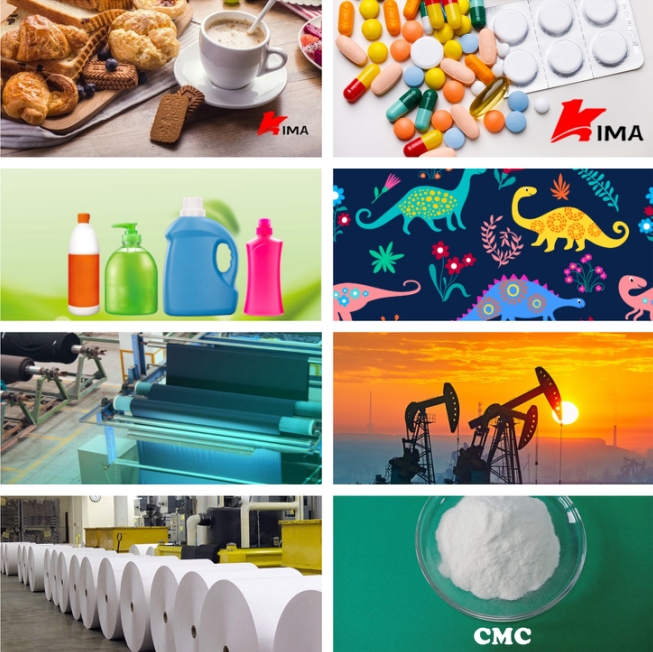
6. Safety and environmental impact
CMC-Na itself is non-toxic, biocompatible and biodegradable, so it is widely used in food and medicine as a thickener, stabilizer and pharmaceutical excipient. Its decomposition products are water, carbon dioxide and other small molecular organic acids, which have little impact on the environment.
Sodium carboxymethyl cellulose is a functional polymer with excellent performance. Its main chemical properties are good water solubility, weak alkalinity, thermal sensitivity, metal ion chelating ability and good compatibility with a variety of substances. It is precisely because of these properties that CMC-Na has become one of the widely used and irreplaceable polymer materials. In practical applications, the pH value, temperature and electrolyte concentration of its use environment need to be reasonably controlled to maintain its functional characteristics and stability.
 English
English 日本語
日本語 français
français Deutsch
Deutsch Español
Español italiano
italiano русский
русский português
português العربية
العربية Türkçe
Türkçe Nederland
Nederland


